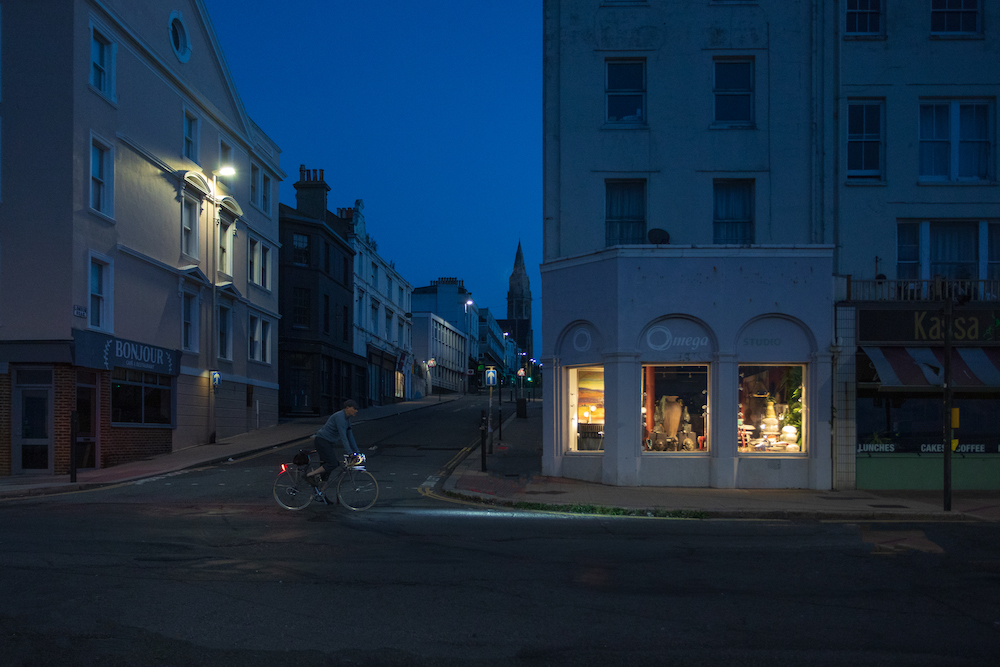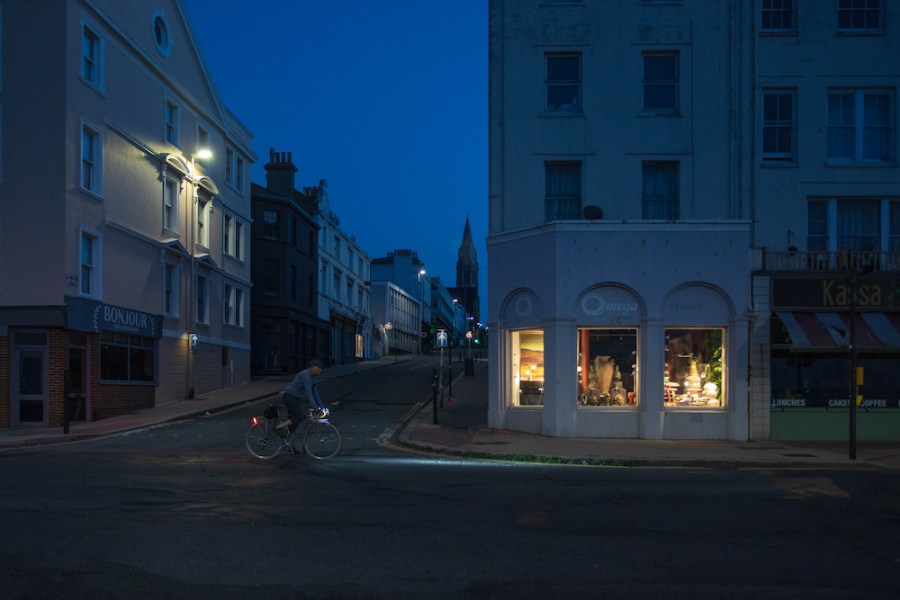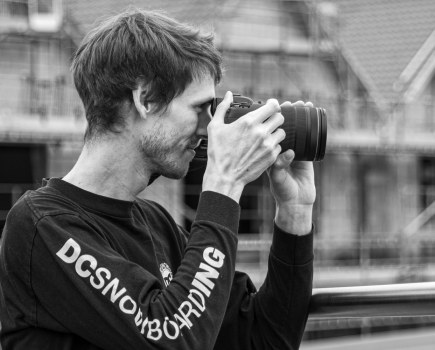Steve Fairclough reveals why photography must be regarded as art…
Clang!
I’ll warn you in advance… this opinion piece may include regular instances of name-dropping, but I promise it’s all done with good reason.
One of the greatest joys of covering all aspects of photography is when I get the opportunity to interview some of the world’s best exponents of the art (remember that word) of photography. I’ve had the privilege of making a film with Don McCullin (Google Seeking the Light if you feel so inclined) and have interviewed the likes of Steve McCurry, Albert Watson, Terry O’Neill, Tom Stoddart, Harry Benson and Steve Schapiro, to name but a few.
The reason for mentioning them is, as with every photographer I’ve ever interviewed over the past 30-plus years, I’ll always ask who or what first inspired them to pick up a camera. Around 50% will name a family member or mention names such as Don McCullin, Henri Cartier-Bresson, Richard Avedon, W. Eugene Smith, Bill Brandt, Diane Arbus and Mary Ellen Mark… but that leaves the remaining 50% or so who aren’t primarily inspired by photography, and this is where art comes in.
Regular AP readers may recall a 2021 ‘lockdown feature’ we did with Roff Smith, who shot a series of stunning portraits of him cycling around the English county of Sussex… but the images were more akin to the paintings of Edward Hopper than documentary or sports photographs. Indeed, Smith happily cited Hopper, J.M.W. Turner and Claude Monet as his main inspirations.

Nighthawk by Roff Smith was inspired by the paintings of Edward Hopper
Such an artistic eye is reflected in the work and choices of the likes of US photographer Stephen Wilkes (arguably most famous for his stunning Day to Night composites), who named his inspirations as Brueghel the Elder and Hieronymous Bosch.
US celebrity portrait photographer Vijat Mohindra’s favourite inspiration is the surreal artist Salvador Dali; UK portrait photographer Andy Gotts named Caravaggio and Rembrandt; Albert Watson attended the Royal College of Art to study film and television and Liam Wong’s neon-filled night-time Tokyo cityscapes clearly take their inspiration from the classic 1982 movie Blade Runner.
The point of all this is that it’s crystal clear that a huge swathe of great photographers take their creative leads from art and moving media, not necessarily photography.
Add other variables into the mix – shooting in colour (or black and white), conveying emotion, composition, angles, technical adroitness, technique, working with light, understanding physics – and it’s obvious a whole host of artistic and technical decisions have to be made even before the shutter button is pushed down.

Sheltering from a heavy mortar bombardment, 67-year-old Antonia Arapovic, hugs her neighbour’s terrified child in the darkness of an underground cellar in Sarajevo, 1992 – a prime example of a photojournalist’s image displaying an artistic eye. © Tom Stoddart/Getty Images
If we literally look at a dictionary definition of art it says, ‘the expression or application of human creative skill and imagination, typically in a visual form such as painting or sculpture, producing works to be appreciated primarily for their beauty or emotional power.’
OK, well, there’s no mention of photography there, BUT don’t tell me photographs don’t require skill and imagination and convey beauty or emotional power – in fact, that’s the very essence of what’s goes into creating the vast majority of photographic images.
Clang!
Sorry, more name-dropping to drive home my point…
Many moons ago, when David Bailey was penning a regular column for AP, we gave Bailey a panoramic disposable camera to take on one of his family holidays. Whether you love or loathe his work, Bailey came back with superb images that demonstrated an artistic eye that few could match.
The late, great Terry O’Neill once told he didn’t really like cameras (bar his old Canon 7 rangefinder with a 50mm f/0.95 lens) – he said he’d much prefer it if someone could invent an imaging device he could put in his eye, so he could blink and take a picture of what he imagined in his head. You see, we’re back to creative imagination – the essence of art. So, don’t let anyone tell you photography isn’t art.
American model Christy Turlington, 1992. © Terry O’Neill, courtesy Iconic Images
The views expressed in this column are not necessarily those of Amateur Photographer magazine or Kelsey Media Limited. If you have an opinion you’d like to share on this topic, or any other photography related subject, email: ap.ed@kelsey.co.uk
Related articles:
Persons of Interest: Harry Benson’s famous portraits and photojournalism
The stories behind some of Terry O’Neill’s best portraits







